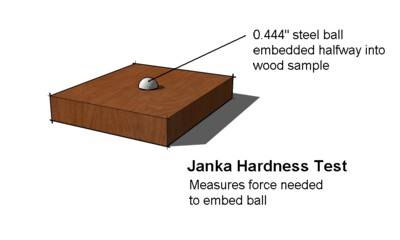
Ipe // Tabebuia spp
This is one strong, tough, and resilient wood. Ipe's naturally durable and weather resistant so it's fantastic in outdoor projects. Plus, the rich dark color makes great accents and finishes with gorgeous hints of reddish brown tones - Ipe wood is unlike anything else.Color Range
Light to dark olive brown with greenish caste, often with lighter or darker streaks.Other Names
Amapa prieta, Bastard lignum vitae, Bethabara, Canaguate, Cortez, Ebano verde, Ebene vert, Greenhart, Guayacan, Ipe, Ironwood, Lapacho, Lapacho negro, Pau d'Arco, Polvillo, TajiboSome Typical Uses
Furniture, flooring, industrial uses, tool handles, exterior applications, decking, inlay, furniture parts.What's the Tree Like?
May grow to 140-150 feet in height with trunk diameters of 72" and frequently to heights of 100 feet and diameters of 24-36". Boles are clear to 60 feet and more, with or without buttresses.Ipe grows in Latin America










